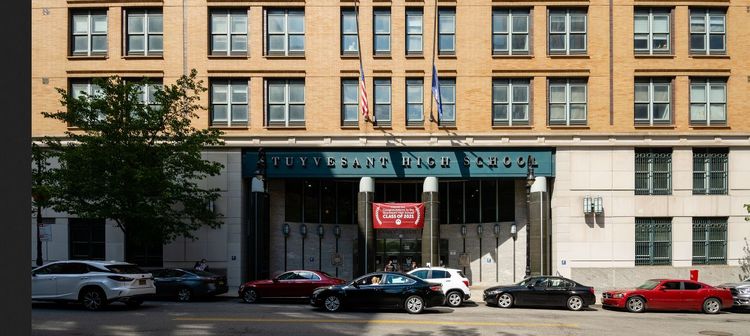


06/22/2014
From the NYT:
New York City’s Top Public Schools Need Diversity
By RICHARD D. KAHLENBERG, JUNE 22, 2014
WASHINGTON — NEW YORK CITY’S elite public high schools were always meant to provide a quintessentially American blend of academic excellence and democratic accessibility. Unlike the city’s expensive private schools, they would be free and open to all who were academically qualified, irrespective of pedigree.
“You pass the test, you get the highest score, you get into the school — no matter what your ethnicity, no matter what your economic background is,” Mayor Michael R. Bloomberg said in 2012. But this year, only 5 percent of seats at those eight schools were offered to black students and 7 percent to Latinos, in a city where the public schools are 70 percent black and Latino. At Stuyvesant High School, just 3 percent of offered seats this year went to black and Latino students.
Over the last six years, black enrollment at Stuyvesant has fallen from 2.0% to 1.0% and Hispanic enrollment from 3.0% to 2.3% (according to the official five meg School Demographics and Accountability Snapshot).
When the number of black and Latino students admitted to a public school is a tiny fraction of their share of the general population, it raises red flags about the fairness of the admissions system. … In his campaign for mayor, Bill de Blasio called for diversifying these schools.
What won’t white males do to oppress the vibrant?
The policy [devised by the author for putting a thumb on the scale] has resulted in far more racial and ethnic diversity than in New York City’s elite public schools. At Walter Payton, 21 percent of students are black and 25 percent are Latino. Some critics worry that these numbers are still inadequate in a public school system where 41 percent of students are black and 45 percent Latino. But compared with Stuyvesant, Payton is a multicultural paradise. …
New York City schools have never been subject to a citywide desegregation suit, and the state’s schools are now more segregated than Mississippi’s. But the unfortunate reality of segregation can be leveraged to promote a positive outcome in the city’s elite schools. Isn’t it time for New York City’s top schools to recognize that excellence can be found among students of all racial and economic backgrounds?
Richard D. Kahlenberg is a senior fellow at the Century Foundation and the author of “The Remedy: Class, Race, and Affirmative Action.”
Yet, over the last six years, whites at Stuyvesant have fallen from 30.1% to 21.7%, as Asians have grown from 64.7% to 73.2%.
The missing word in this oped is … “Asian.”